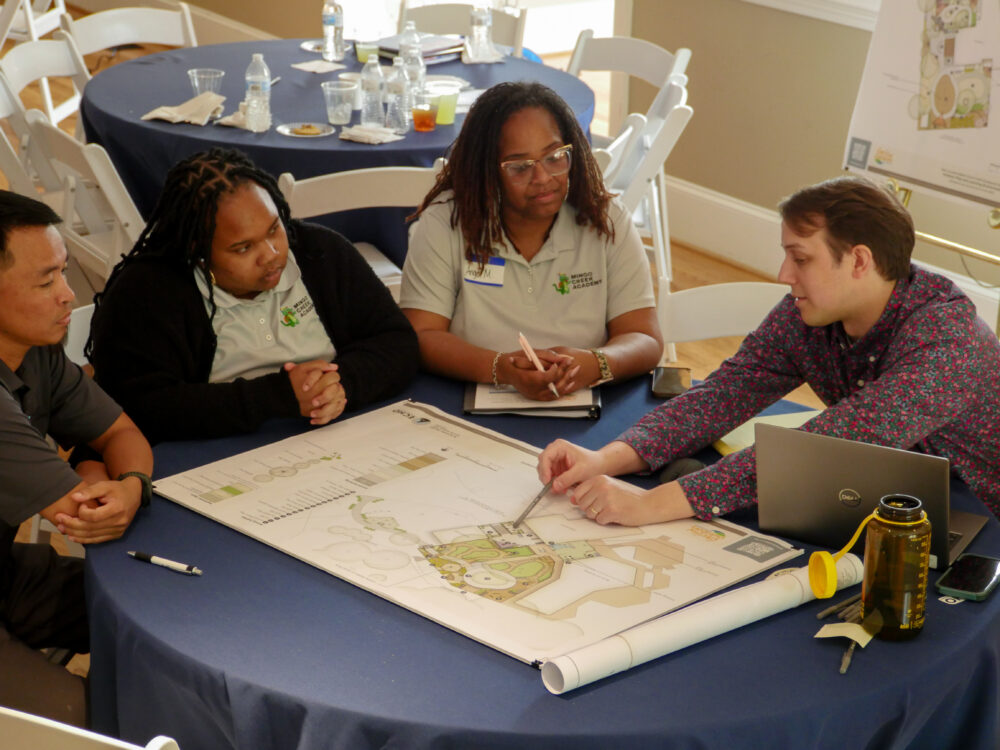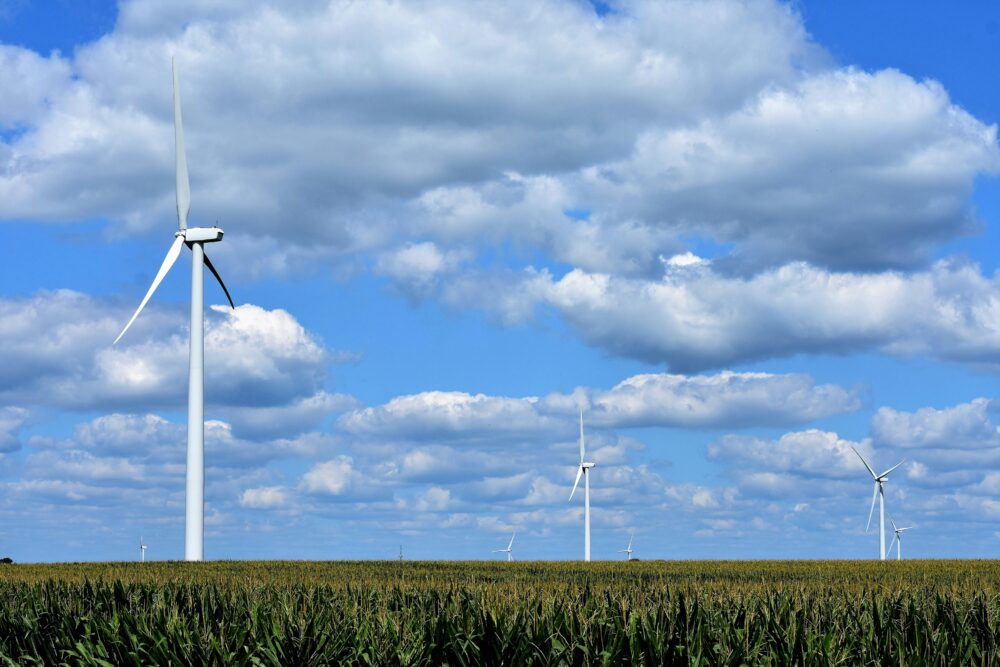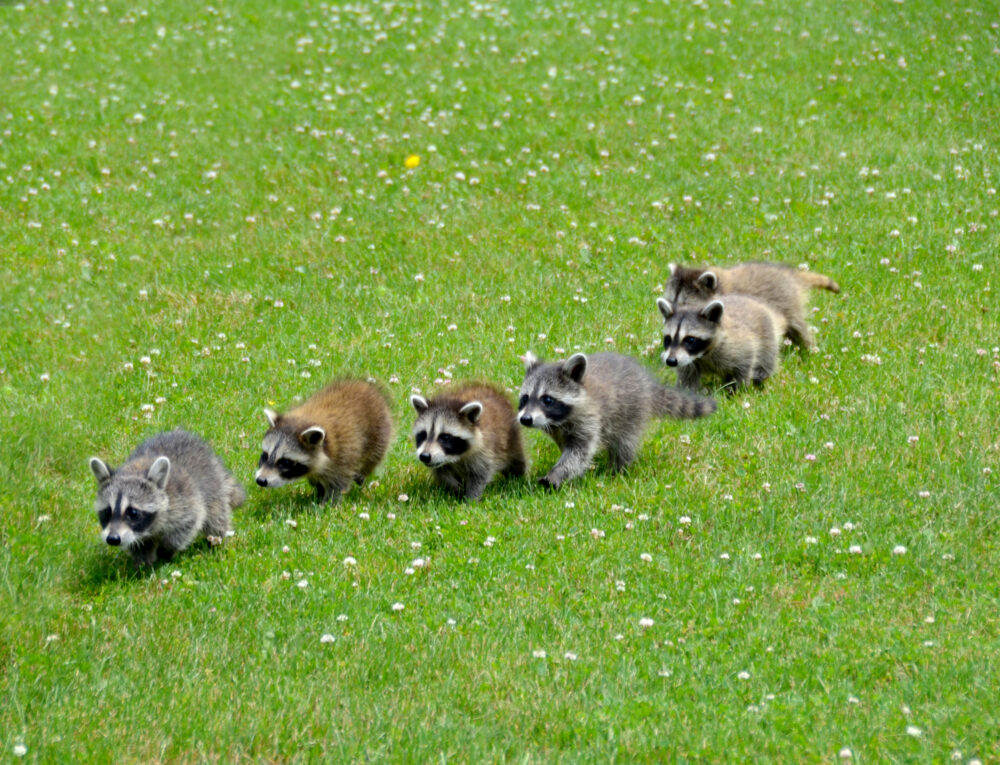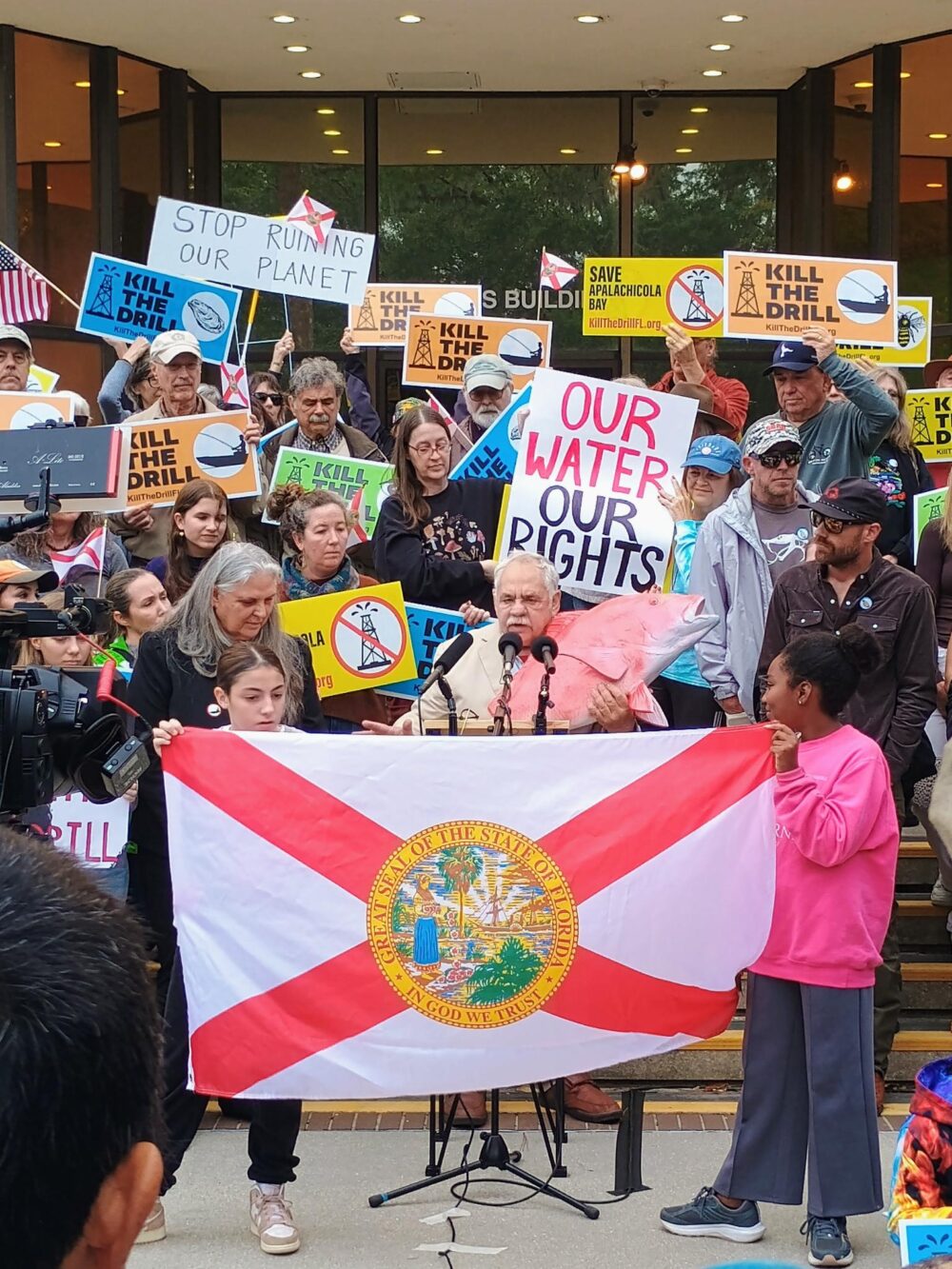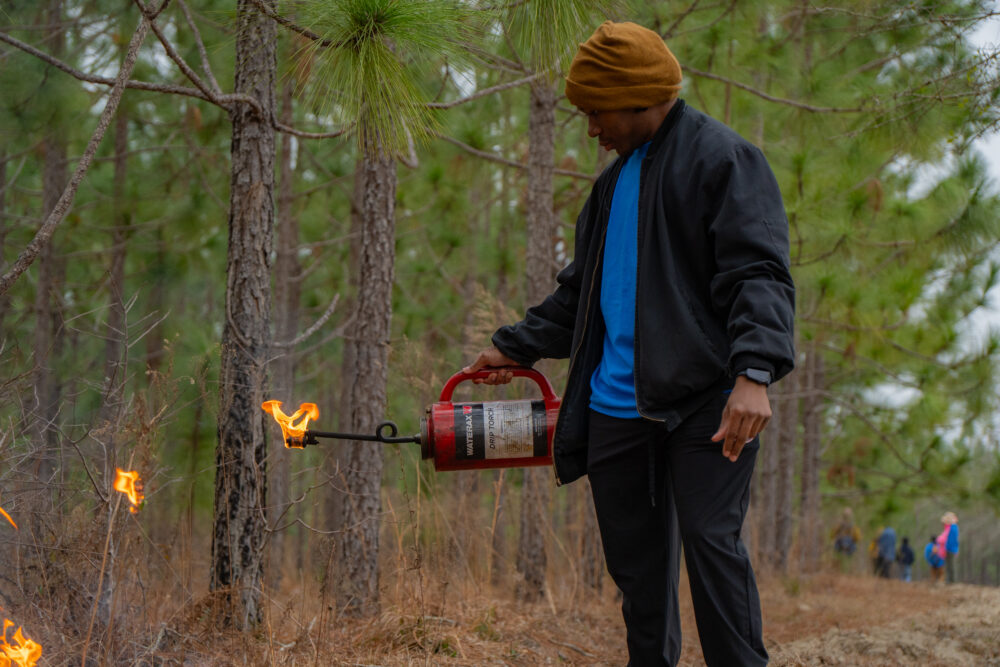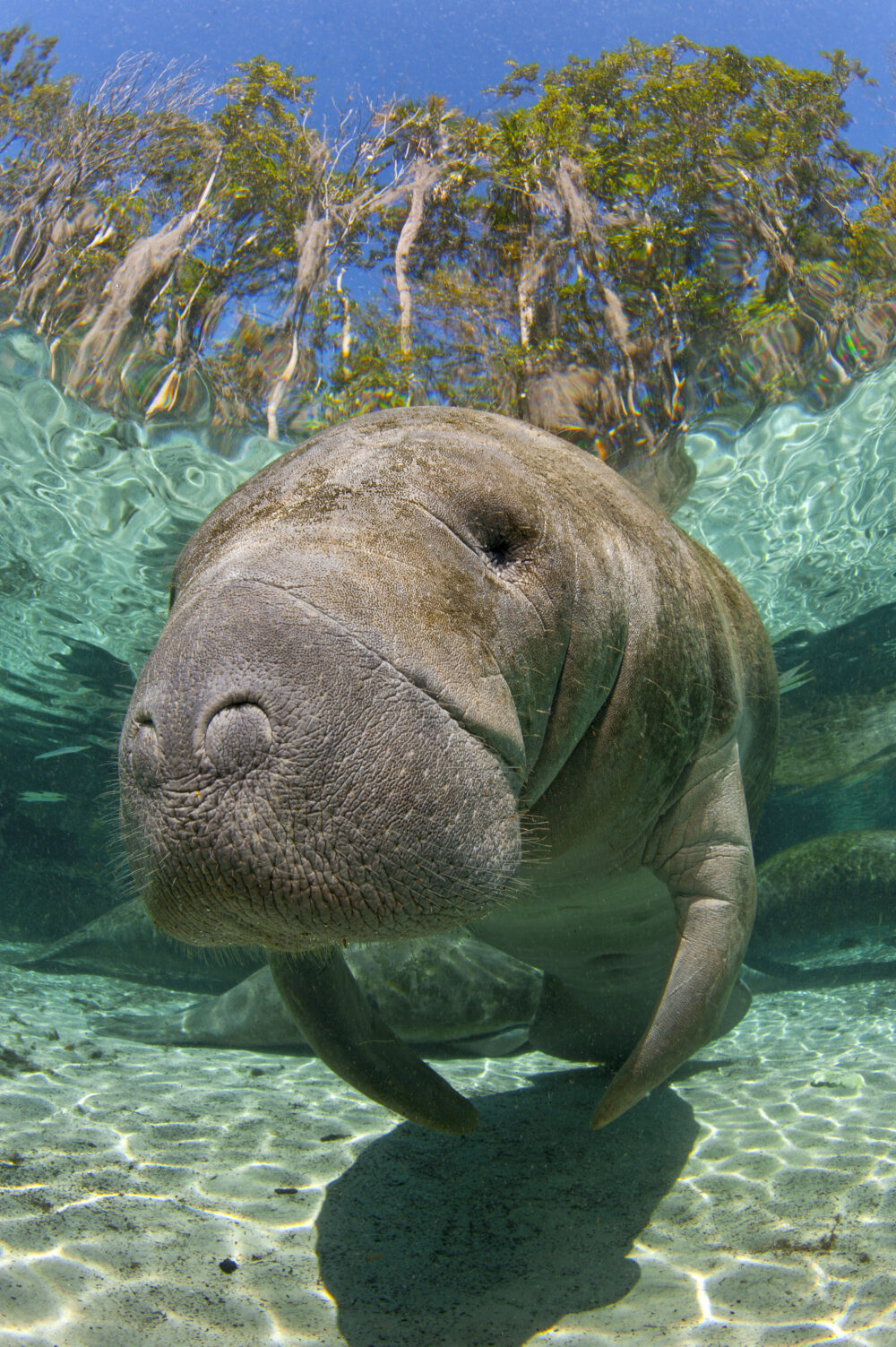We have much more to do and your continued support is needed now more than ever.
Connecting the Dots for Critters: More Weather and Climate Extremes Affect Wildlife Too
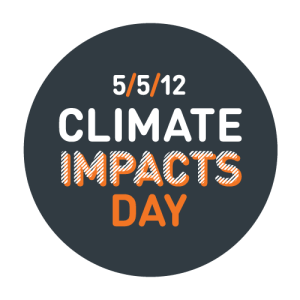 On Saturday May 5, 350.org is holding a worldwide Climate Impacts Day to draw attention to how climate change is causing more extreme weather and climate events, often with devastating consequences. We all have experienced or read news accounts of how extreme weather events have affected people and communities in the US — from droughts in Texasto flooding in New England to heat waves in Seattle – not to mention eye-popping events around the world, like the floods in Australia and Pakistan or the heat wave and wildfires in Russia. Saturday’s event is a way to help people really begin to understand that these are not isolated events, but rather part of the larger pattern caused by climate change.
On Saturday May 5, 350.org is holding a worldwide Climate Impacts Day to draw attention to how climate change is causing more extreme weather and climate events, often with devastating consequences. We all have experienced or read news accounts of how extreme weather events have affected people and communities in the US — from droughts in Texasto flooding in New England to heat waves in Seattle – not to mention eye-popping events around the world, like the floods in Australia and Pakistan or the heat wave and wildfires in Russia. Saturday’s event is a way to help people really begin to understand that these are not isolated events, but rather part of the larger pattern caused by climate change.
Wildlife Already Impacted by More Extremes
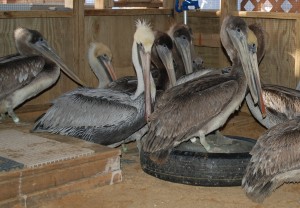
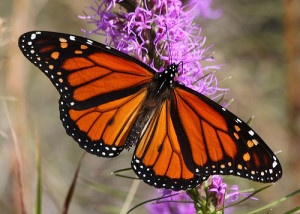
The same drought spawned the largest wildfires recorded in the history of Arizona and New Mexico, affecting more than 694,000 acres. These fires devastated some rare and endangered species, such as the Mexican Spotted Owl. The entire nesting and roosting habitat for these owls in Bandelier National Park was wiped out in the fires.
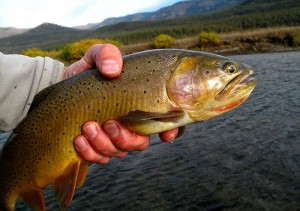
Connecting the Climate Consequences
These stories illustrate how connecting the extreme weather dots is complicated for wildlife. For example, species that migrate long distances are at the mercy of weather events happening far away. Thus, the impacts of an extreme weather event on wildlife might not be immediately apparent. Furthermore, a change in one aspect of the habitat can have unexpected implications, especially as different species gain a competitive edge to the detriment of other species.
Extreme conditions are likely to have some of the biggest impacts on wildlife in the coming decades simply because droughts, frosts, and winter thaws are the sorts of events that directly kill organisms or change their competitive balance. At the same time, changes in disturbance regimes—often driven by floods, wildfires, and hurricanes—can strongly influence ecosystem functioning. Many ecosystems have adapted to historical patterns of disturbances. Changing the climate conditions that drive the disturbances will have ripple effects on ecosystems that we can’t even anticipate yet.
Another thing these anecdotes have in common is they are all about animals attempting to do what they normally would under conditions that are far from normal. Whereas human populations can anticipate events and take steps to shield themselves from the impacts, wildlife often does not have access to the same resources. This makes our efforts to safeguard wildlife that much more challenging and crucial.
Share Your Own Animal Anecdote
Do you have a story about how wildlife has been affected by a weather or climate extreme? We want to hear about it! Here are examples of photos and easy steps to include a photo you take in the 350.org Connect the Dots campaign.





